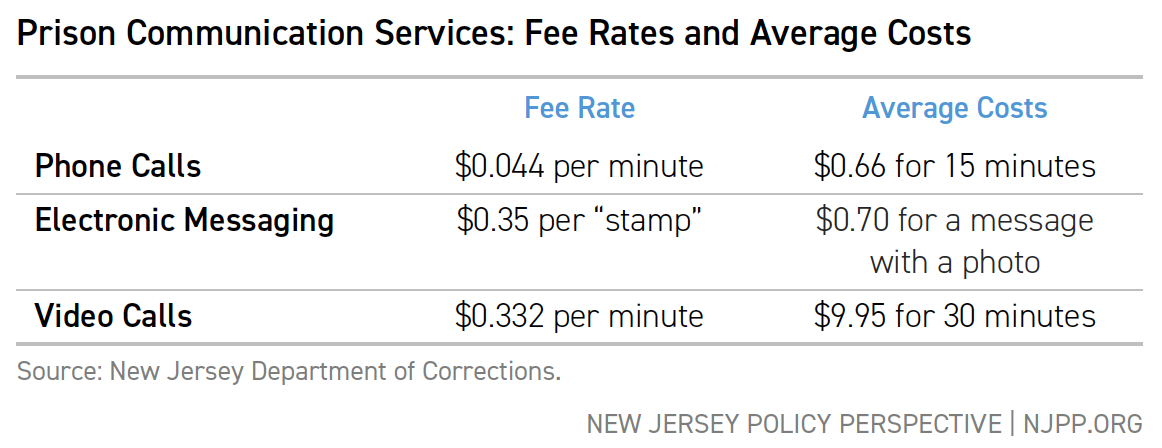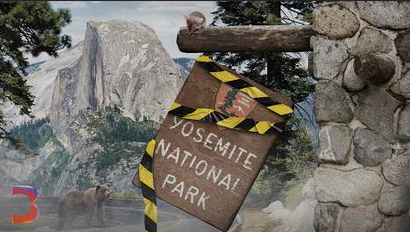Examples of Profiteering
8 readers
2 users here now
The act of taking advantage of a situation in order to make a profit.
The Cambridge English dictionary.
This is devoted to examples of corporations in their fiduciary responsibility making incredible amounts of profit through situations they created, take advantage of, or perpetuate.
Posts should be relevant to profiteering. Post should contain a link to a story or video which descriptively shows in a verifiable manner of profiteering. Off‐topic and unverifiable posts shall be remove. No bigotry, including racism, misogyny, ableism, heterosexism, or xenophobia. Be respectful. Code of Conduct. No porn. No Ads / Spamming.
founded 1 month ago
MODERATORS
1
3
4
5
6
7

